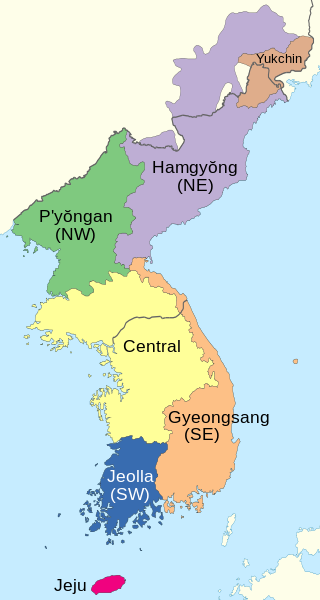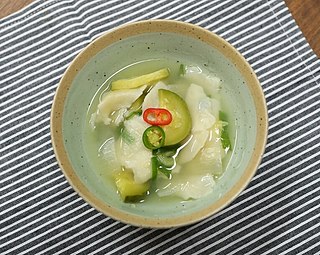Eo or EO may refer to:
Eo or EO may refer to:

Korean is the native language for about 81 million people, mostly of Korean descent. It is the national language of both North Korea and South Korea.
AA, Aa, Double A, or Double-A may refer to:

Hanja, alternatively known as Hancha, are Chinese characters used to write the Korean language. After characters were introduced to Korea to write Literary Chinese, they were adapted to write Korean as early as the Gojoseon period.
An, AN, aN, or an may refer to:
BM or bm may refer to:
SI is the International System of Units.
AE, Ae, ae, Æ or æ may refer to:
DE, de, or dE may refer to:
BI, Bi or bi may refer to:
Io most commonly refers to:

Revised Romanization of Korean is the official Korean language romanization system in South Korea. It was developed by the National Academy of the Korean Language from 1995 and was released to the public on 7 July 2000 by South Korea's Ministry of Culture and Tourism in Proclamation No. 2000-8.
KD and variants may refer to:
An ace is a playing card.

A number of Korean dialects are spoken on the Korean Peninsula. The peninsula is very mountainous and each dialect's "territory" corresponds closely to the natural boundaries between different geographical regions of Korea. Most of the dialects are named for one of the traditional Eight Provinces of Korea. Two are sufficiently distinct from the others to be considered separate languages, the Jeju and the Yukjin languages.
A KO is a knockout in various sports, such as boxing and martial arts.

The writing system of the Korean language is a syllabic alphabet of character parts organized into character blocks representing syllables. The character parts cannot be written from left to right on the computer, as in many Western languages. Every possible syllable in Korean would have to be rendered as syllable blocks by a font, or each character part would have to be encoded separately. Unicode has both options; the character parts ㅎ (h) and ㅏ (a), and the combined syllable 하 (ha), are encoded.
Adam is a holy figure in the Abrahamic religions who is seen as the first human created by God.

Sujebi, ttŭdŏ-guk, or hand-pulled dough soup, or Korean-style pasta soup, is a Korean traditional soup consisting of dough flakes roughly torn by hand, with various vegetables. The flavor and recipe resemble kalguksu, except that the latter is made with noodles rather than wheat flakes. It is commonly considered a dish to consume on rainy days, along with bindaetteok.
Po or PO may refer to: {{TOC right}

The Korean alphabet, known as Hangul or Hangeul in South Korea and Chosŏn'gŭl in North Korea, is the modern writing system for the Korean language. The letters for the five basic consonants reflect the shape of the speech organs used to pronounce them. They are systematically modified to indicate phonetic features. The vowel letters are systematically modified for related sounds, making Hangul a featural writing system. It has been described as a syllabic alphabet as it combines the features of alphabetic and syllabic writing systems.